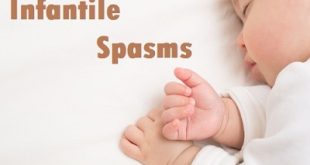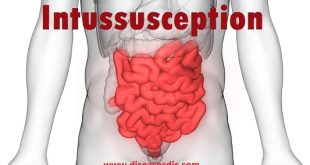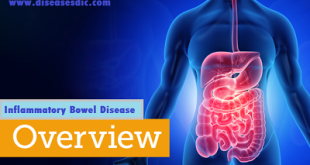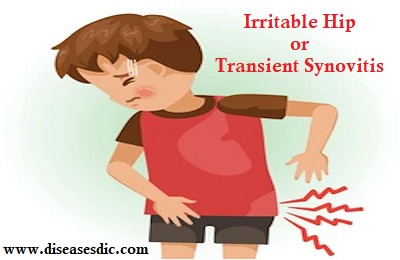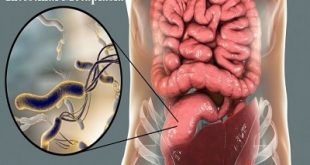Overview of Intellectual Disability Intellectual disability (ID), previously known as mental retardation, is a term that is used when an individual has below-average intelligence or mental ability. Lack of skill necessary for day-to-day living are also commonly associated with this type of disorder. When it comes to intellectual disability, there …
Read More »Infantile Spasms (IS) – Causes, Risk Factors and Pathophysiology
Definition Infantile spasms, also known as West syndrome, is a rare and severe form of epilepsy that typically occurs in infants during the first year of life, most commonly between 3 and 8 months of age. It is characterized by brief, sudden muscle contractions or spasms that often cluster together …
Read More »Intussusception – Complications, Symptoms and Diagnosis
What is Intussusception? Intussusception is a condition in which one segment of intestine “telescopes” inside of another, causing an intestinal obstruction (blockage). Although intussusception can occur anywhere in the gastrointestinal tract, it usually occurs at the junction of the small and large intestines. The obstruction can cause swelling and inflammation …
Read More »Inflammatory Bowel Disease (IBD) – Symptoms and Treatment
Definition Inflammatory bowel disease, or IBD, is when there is inflammation, or swelling, in the gastrointestinal (GI) tract and a lifelong immune response. The disease causes the body and immune system to think that food, bacteria and other needed things in the intestine are not supposed to be there. With …
Read More »Irritable Hip or Transient Synovitis – Symptoms, Causes, and Treatment.
What is Irritable Hip? All the freely movable joints of the body have a lubricating lining called the synovial membrane. Irritable hip occurs when the membrane becomes inflamed for a short period of time (otherwise known as ‘transient synovitis’). The inflammation causes pain. The synovial membrane produces more than its …
Read More »Illness Anxiety Disorder or Hypochondria – Types, and Treatment
Definition Illness anxiety disorder or Hypochondria is a chronic psychiatric disorder characterized by a persistent fear of having or developing a serious medical condition. In general, individuals with illness anxiety disorder display a dysfunctional degree of concern regarding their health, which is also known as health anxiety. This fear usually …
Read More »Intestinal Metaplasia – Causes, Risk Factors, and Prevention.
What is intestinal metaplasia? Intestinal metaplasia (IM) is a condition in which epithelial cells (the cells that line the stomach and esophagus) become altered or replaced by other cells, called goblet cells. Goblet cells are large, round, hollow cells that are normally found in the intestines; they should not reside …
Read More »Impetigo – Pathophysiology, Complications, and Diagnosis.
What is impetigo? Impetigo is an infection of the outer layer of the skin. Its most often caused by the bacteria Staphylococcus aureus or Streptococcus pyogenes. Impetigo is much more common in children, but adults can get it too. It’s more common in the summer months. Normally, your skin is …
Read More » Diseases Treatments Dictionary This is complete solution to read all diseases treatments Which covers Prevention, Causes, Symptoms, Medical Terms, Drugs, Prescription, Natural Remedies with cures and Treatments. Most of the common diseases were listed in names, split with categories.
Diseases Treatments Dictionary This is complete solution to read all diseases treatments Which covers Prevention, Causes, Symptoms, Medical Terms, Drugs, Prescription, Natural Remedies with cures and Treatments. Most of the common diseases were listed in names, split with categories.

